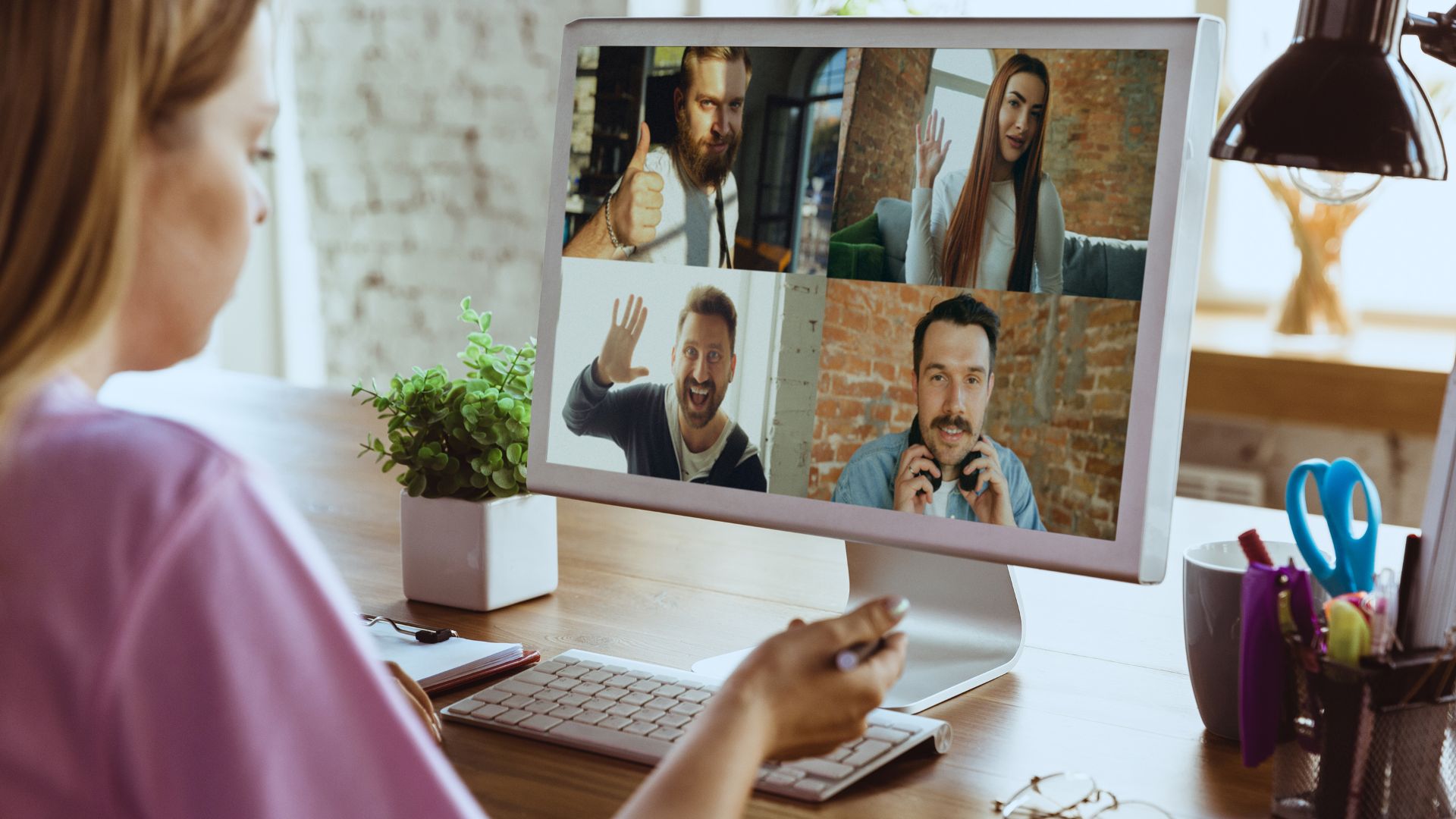The year 2018 was the year of a royal wedding, of Beyonce being the first African American woman to headline Coachella, and of the most deadly and destructive wildfire season in California history. These events garnered much coverage, as stories were splashed across news websites and social media platforms. Today’s content happens fast, and it happens on devices. The top marketing trends in 2018 tapped into our heavy use of the internet. Now that 2019 is underway, we can expect to see not just a continuation of these trends, but an acceleration of at least 8 up-and-coming marketing practices.
We now live in a world where many consumers prefer video over print media, and native advertising (defined later in this article) over traditional advertising. So what does this say about the direction marketing is moving?
1. Video Content
First and foremost, we are all aware that the popularity of video content has skyrocketed just in the last year or so. Believe it or not, Youtube is now the second most popular social media platform, just behind Facebook! As a point, some 72% of people would rather use a video to learn about a product or service, so consumers are literally begging for more video content. We can attribute some of the growth in popularity on the fact that resources for video production used to be much less attainable. Today, with technology advances, all you really need is some decent lighting and a smartphone. Video content is now a type of experience for the consumer. And, it is a great way to connect with your audience.
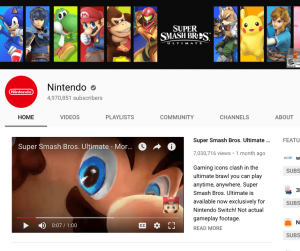
2. Native Advertising
Now, let me define “native advertising.” Naturally and organically developed ads establish your brand or product within another environment, such as a publication, video, or graphic. Native advertising is designed to blend in with the surrounding content, as opposed to traditional advertising, which is designed to interrupt and stand out. One of the perks of native ads is that they don’t “feel” like traditional advertisements, so audiences are more likely to support and consume them. While native advertising has its advantages, it is still vital that you place your advertisements in environments that are relevant to your brand, product, or business.
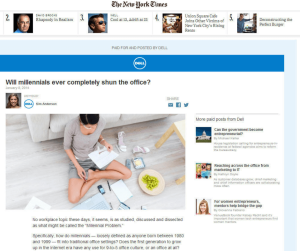
3. Permanent & Ephemeral Content
Next, let’s look at Instagram where usage is heaviest on weekdays. This is because users look to Instagram for a break in their days. Therefore, when posting permanent social content you need to decide whether you want your voice to be inspirational, beautiful, informative, playful, trendy, etc. From there, you need to create content that reflects that voice and should match your brand’s message. Temporary content – like Instagram and Facebook stories – have also been soaring into popularity this past year, and their user behavior leans toward quick and playful. Stories often employ a heavy use of features like Boomerang and polls – approaches that make the content interactive and provide the opportunity to show more of your brand’s personality and flair.
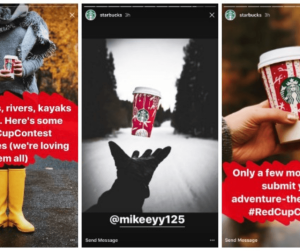
4. Micro Influencers
Likewise, let’s take a look at micro influencers. They are social media promoters who have a smaller following, generally ranging between 100,000 and 1 million. These influencers are valuable because consumers view them like a friend or a family member as opposed to an unattainable celebrity. Because of their affinity for these influencers, consumers are more likely to trust their recommendations. A micro influencer’s impact lies in their engagement rates, not necessarily their number of followers. In other words, even if they have a lower number of followers, the followers they do have are fiercely loyal, which drives engagement. They drive social buzz through more personal posts and are much more cost effective.
5. Mobile-first indexing
Today, if someone has a phone, chances are it’s a smart phone with internet capabilities.
This being the case, it’s not hard to believe that 48% of consumers start mobile research with a search engine, and the first position on Google search results on mobile has a 31.35% click-through rate. Since we have such a heavy use and reliance on our phones, it is vital to a business’s success. Not only must you have a website, but, you must ensure that it’s visible and functional from a mobile devices.
6. Chatbots
We live in a world of instant gratification and it’s no surprise that more than half of consumers expect a response within 10 minutes regarding any marketing, sales, or customer inquiry. Of course, it’s not possible for humans to cater to every need of every person, so now enters the bot. Bots are powered by computer programs that automate certain tasks, such as chatting with a user through a conversational interface. Artificial intelligence allows the bot to process complex requests and to transmit personalized responses.
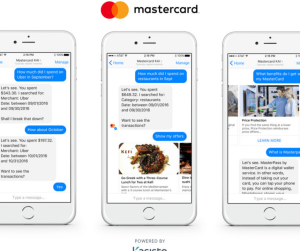
7. GDPR (General Data Protection Regulation)
Companies collect private and privileged information every day and so when data breaches happen, precious information is siphoned into the wrong hands. Privacy is the lifeline of all things marketing, sales, service, and more. Organizations must ensure that their data is collected legally and safely, and that those who collect and manage the data will protect and respect the consumer rights. Following these guidelines may seem like a burden, but being fined for non-compliance will feel much heavier in the end.
8. Virtual Reality
Virtual reality is the gateway into the future. It helps consumers visualize virtual furniture in their own real rooms, or new paint colors on their own real walls. It allows you to view a computer-generated lifelike scenario that makes the consumer feel as if they are immersed in the process and experiencing things first hand. The technology behind virtual reality improves customers’ experiences online and at events as well.

Finally, as we work our way through this year, we expect to see these trends continue to grow and to witness new ones emerge. The year 2018 brought a concentration on digital marketing through the internet. Digital marketing is now, and it will be more vital in the future. The consumer wants their content and they want it fast! (Maybe even in video form.)










